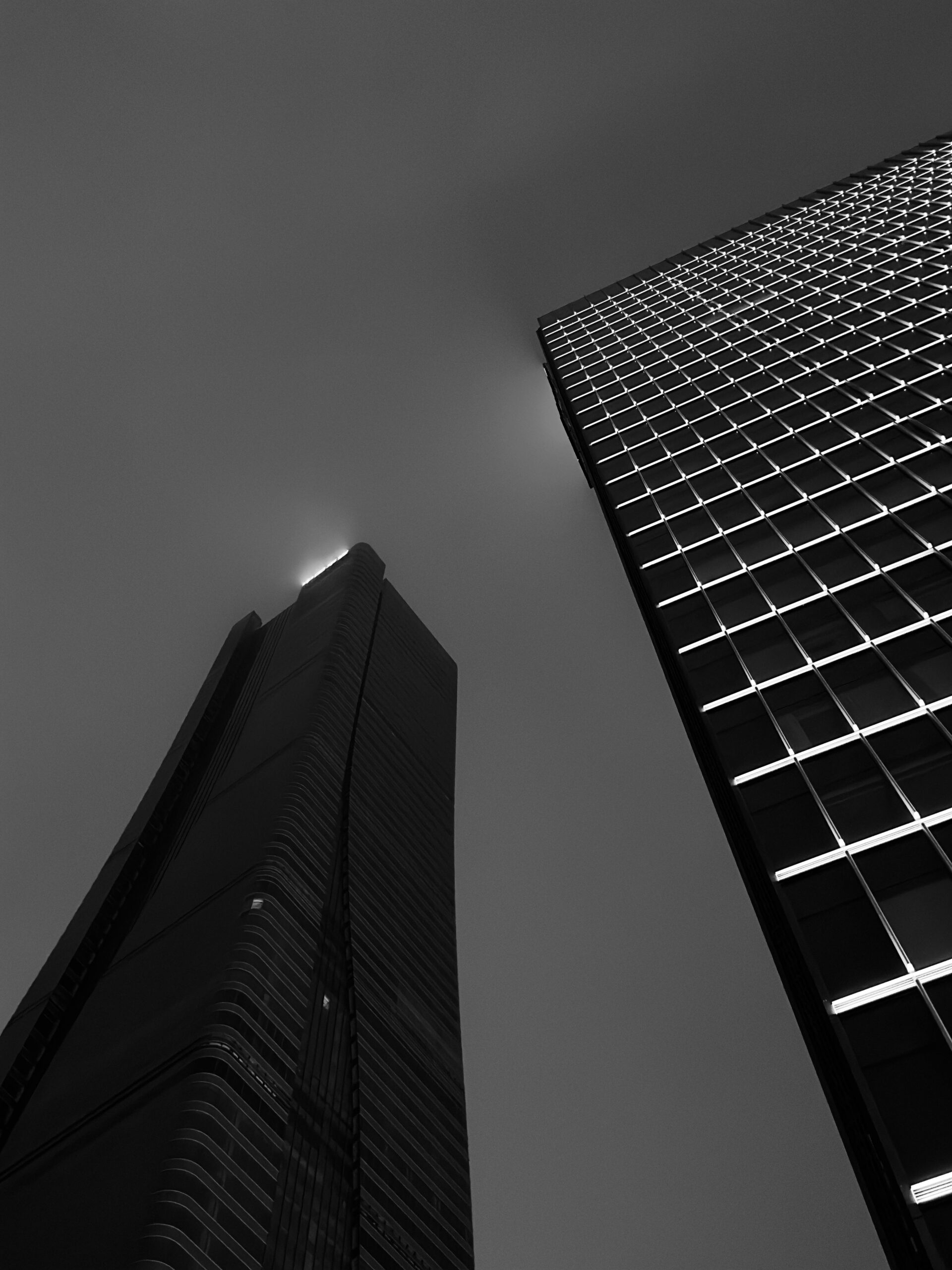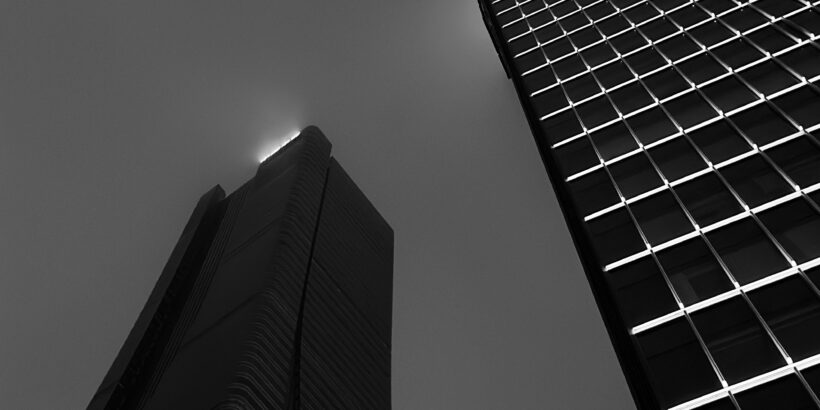
The marvel that is architecture is not just about aesthetics, but it’s about the things that tell us about ourselves and society. Have you ever considered that architecture is not just about an artistic temperament but holds up a mirror to an accelerating society? Here are a few things that architecture can show us:
A Reflection of Values and Progress
Modern architecture emerged as an advancement in engineering, health, industry, and social equality, moving away from historical styles and focusing on functionality and accessibility for all. From high-rise apartments to commercial railings on staircases, every little thing aims to solve the practical problem of urban sprawl. With new housing, offices, and infrastructure, modern architecture is a solution to an almighty problem that started half a century ago.
Promoting Psychological Well-being
Modern architecture incorporates a variety of design elements that depart from the austere designs of pre-modern buildings. A well-designed modern space is meant to have a positive impact on mood, productivity, and overall psychological well-being, which explains the variety of smart offices with different features that prioritize security and occupant comfort through temperature, air conditioning, and other components such as flexible workspaces, open floor plans, and natural light, which can support productivity, well-being, and collaboration.
Reflection of Societies’ Priorities and Tastes
The rise of modern minimalist architecture reflects a societal shift towards the “less is more” aesthetic. Many argue that this can be seen as a loss of character in buildings. While there is a used joke that in America, any building that exceeds 50 years old should be ripped down by now, the fact is that society has never progressed at such a rate, and therefore efficiency and profitability are hallmarks that are very geared towards the now.
A modern design can be seen as a way to utilize fewer materials to keep up with the concepts of sustainability. Architectural elements such as the rise of energy-efficient design and green building practices have reduced the environmental impact of both workplaces and homes, aligning with ongoing conversations about sustainability.
Modern architectural marvels such as the Museum of Tomorrow in Rio de Janeiro feature sustainable design elements, including solar panels, rainwater harvesting, and a water funnel system, as well as the Shanghai Tower in China that incorporates sustainable features such as a 21% energy cost reduction, and the Bosco Verticale in Milan, integrating extensive vertical greenery, such as plants and trees on the balconies to help absorb carbon emissions.
Evolving with Changing Needs, Values, and Attitudes
As society continues to evolve, so will architectural style and design. Modern designs can move towards post-modern and contemporary approaches. Architecture is meant to reflect and respond to the changing needs, preferences, and values of the people who inhabit them.
Architecture is not just about providing infrastructure but is meant to provide a window into societal, cultural, and indeed technological progress of the 20th and 21st centuries. Architecture is meant to shape both community and human experience, and it’s interesting to see where architectural design will go next.
We are in a remote working world that’s looking for more sustainable practices to help Mother Nature, so will architectural design reflect this? It will be interesting to see how everything will progress.
